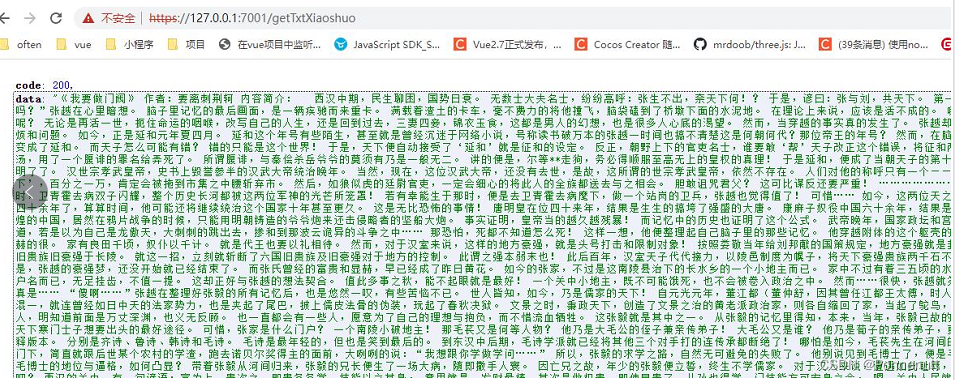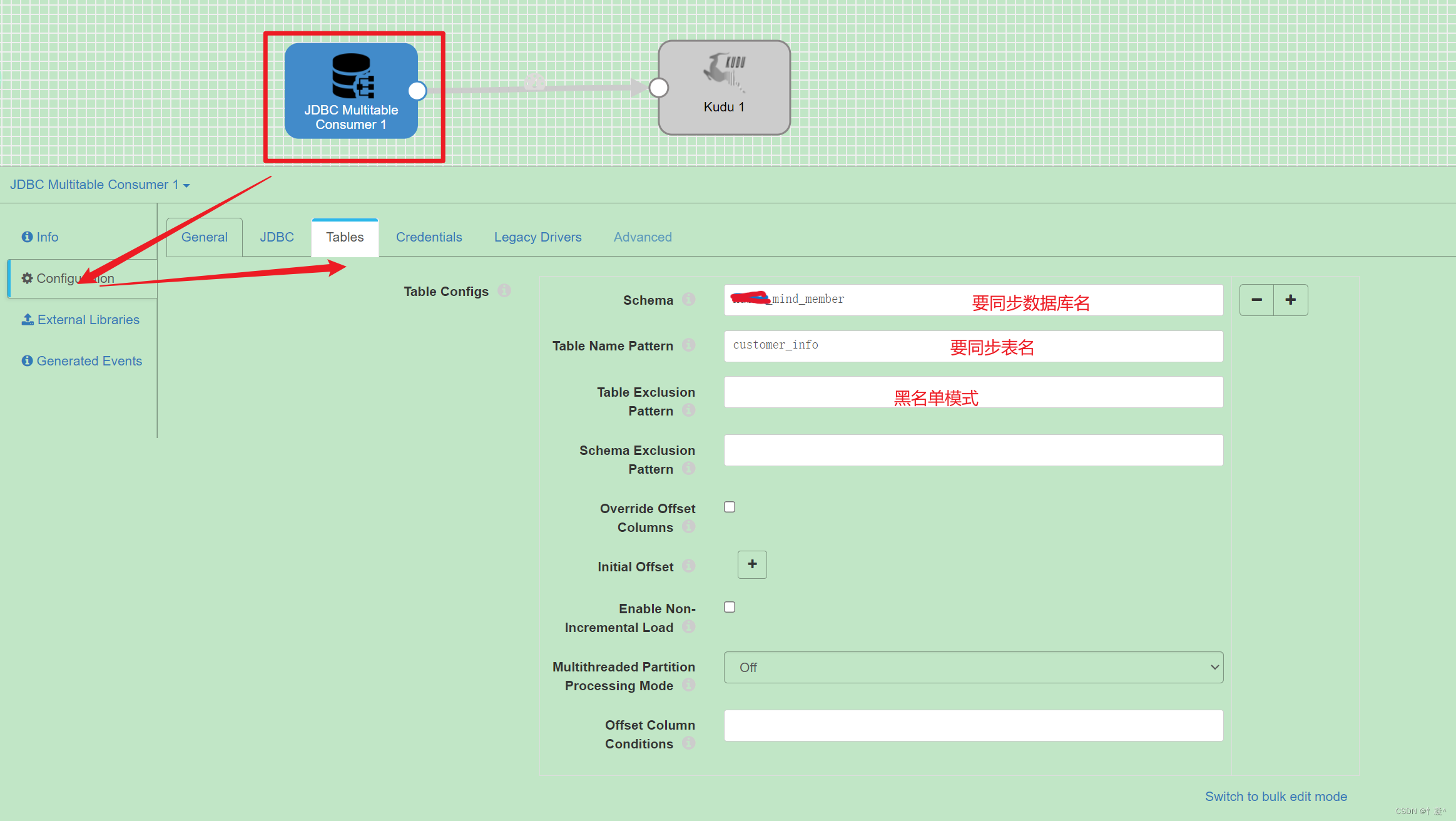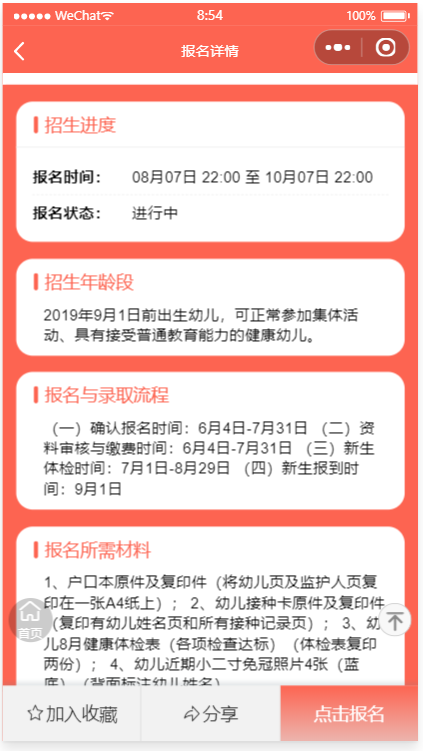当前位置:网站首页>使用 Pygame 构建和可视化数独游戏
使用 Pygame 构建和可视化数独游戏
2022-08-08 16:00:00 【acktomas】
使用 Pygame 构建和可视化数独游戏
数独是一个基于逻辑的组合数字放置谜题。目标是用数字填充 9×9 网格,以便每一列、每一行和组成网格的九个 3×3 子网格中的每一个都包含从 1 到 9 的所有数字。
我们将使用pygame库在 python 中构建数独游戏,并使用回溯算法自动化游戏。
实现的功能:
- 游戏界面玩
- 自动解决
- 自动求解的可视化,即回溯算法可视化
- 选项:重置,清除游戏
先决条件:
实施步骤:
**1.**用 Sudoku Board 填充 pygame 窗口,即构建一个 9×9 的网格。
**2.**用默认数字填充板。
**3.**为每个操作分配一个特定的键并听它。
**4.**将回溯算法融入其中。
**5.**使用一组颜色来可视化自动求解。
操作说明:
- 按“Enter”自动求解和可视化。
- 要手动玩游戏,
请将光标放在您想要的任何单元格中并输入数字。- 在任何时候,按回车键自动求解。
以下是实施:
- Python3
# import pygame library
import pygame
# initialise the pygame font
pygame.font.init()
# Total window
screen = pygame.display.set_mode((500, 600))
# Title and Icon
pygame.display.set_caption("SUDOKU SOLVER USING BACKTRACKING")
img = pygame.image.load('icon.png')
pygame.display.set_icon(img)
x = 0
y = 0
dif = 500 / 9
val = 0
# Default Sudoku Board.
grid =[
[7, 8, 0, 4, 0, 0, 1, 2, 0],
[6, 0, 0, 0, 7, 5, 0, 0, 9],
[0, 0, 0, 6, 0, 1, 0, 7, 8],
[0, 0, 7, 0, 4, 0, 2, 6, 0],
[0, 0, 1, 0, 5, 0, 9, 3, 0],
[9, 0, 4, 0, 6, 0, 0, 0, 5],
[0, 7, 0, 3, 0, 0, 0, 1, 2],
[1, 2, 0, 0, 0, 7, 4, 0, 0],
[0, 4, 9, 2, 0, 6, 0, 0, 7]
]
# Load test fonts for future use
font1 = pygame.font.SysFont("comicsans", 40)
font2 = pygame.font.SysFont("comicsans", 20)
def get_cord(pos):
global x
x = pos[0]//dif
global y
y = pos[1]//dif
# Highlight the cell selected
def draw_box():
for i in range(2):
pygame.draw.line(screen, (255, 0, 0), (x * dif-3, (y + i)*dif), (x * dif + dif + 3, (y + i)*dif), 7)
pygame.draw.line(screen, (255, 0, 0), ( (x + i)* dif, y * dif ), ((x + i) * dif, y * dif + dif), 7)
# Function to draw required lines for making Sudoku grid
def draw():
# Draw the lines
for i in range (9):
for j in range (9):
if grid[i][j]!= 0:
# Fill blue color in already numbered grid
pygame.draw.rect(screen, (0, 153, 153), (i * dif, j * dif, dif + 1, dif + 1))
# Fill grid with default numbers specified
text1 = font1.render(str(grid[i][j]), 1, (0, 0, 0))
screen.blit(text1, (i * dif + 15, j * dif + 15))
# Draw lines horizontally and verticallyto form grid
for i in range(10):
if i % 3 == 0 :
thick = 7
else:
thick = 1
pygame.draw.line(screen, (0, 0, 0), (0, i * dif), (500, i * dif), thick)
pygame.draw.line(screen, (0, 0, 0), (i * dif, 0), (i * dif, 500), thick)
# Fill value entered in cell
def draw_val(val):
text1 = font1.render(str(val), 1, (0, 0, 0))
screen.blit(text1, (x * dif + 15, y * dif + 15))
# Raise error when wrong value entered
def raise_error1():
text1 = font1.render("WRONG !!!", 1, (0, 0, 0))
screen.blit(text1, (20, 570))
def raise_error2():
text1 = font1.render("Wrong !!! Not a valid Key", 1, (0, 0, 0))
screen.blit(text1, (20, 570))
# Check if the value entered in board is valid
def valid(m, i, j, val):
for it in range(9):
if m[i][it]== val:
return False
if m[it][j]== val:
return False
it = i//3
jt = j//3
for i in range(it * 3, it * 3 + 3):
for j in range (jt * 3, jt * 3 + 3):
if m[i][j]== val:
return False
return True
# Solves the sudoku board using Backtracking Algorithm
def solve(grid, i, j):
while grid[i][j]!= 0:
if i<8:
i+= 1
elif i == 8 and j<8:
i = 0
j+= 1
elif i == 8 and j == 8:
return True
pygame.event.pump()
for it in range(1, 10):
if valid(grid, i, j, it)== True:
grid[i][j]= it
global x, y
x = i
y = j
# white color background\
screen.fill((255, 255, 255))
draw()
draw_box()
pygame.display.update()
pygame.time.delay(20)
if solve(grid, i, j)== 1:
return True
else:
grid[i][j]= 0
# white color background\
screen.fill((255, 255, 255))
draw()
draw_box()
pygame.display.update()
pygame.time.delay(50)
return False
# Display instruction for the game
def instruction():
text1 = font2.render("PRESS D TO RESET TO DEFAULT / R TO EMPTY", 1, (0, 0, 0))
text2 = font2.render("ENTER VALUES AND PRESS ENTER TO VISUALIZE", 1, (0, 0, 0))
screen.blit(text1, (20, 520))
screen.blit(text2, (20, 540))
# Display options when solved
def result():
text1 = font1.render("FINISHED PRESS R or D", 1, (0, 0, 0))
screen.blit(text1, (20, 570))
run = True
flag1 = 0
flag2 = 0
rs = 0
error = 0
# The loop thats keep the window running
while run:
# White color background
screen.fill((255, 255, 255))
# Loop through the events stored in event.get()
for event in pygame.event.get():
# Quit the game window
if event.type == pygame.QUIT:
run = False
# Get the mouse position to insert number
if event.type == pygame.MOUSEBUTTONDOWN:
flag1 = 1
pos = pygame.mouse.get_pos()
get_cord(pos)
# Get the number to be inserted if key pressed
if event.type == pygame.KEYDOWN:
if event.key == pygame.K_LEFT:
x-= 1
flag1 = 1
if event.key == pygame.K_RIGHT:
x+= 1
flag1 = 1
if event.key == pygame.K_UP:
y-= 1
flag1 = 1
if event.key == pygame.K_DOWN:
y+= 1
flag1 = 1
if event.key == pygame.K_1:
val = 1
if event.key == pygame.K_2:
val = 2
if event.key == pygame.K_3:
val = 3
if event.key == pygame.K_4:
val = 4
if event.key == pygame.K_5:
val = 5
if event.key == pygame.K_6:
val = 6
if event.key == pygame.K_7:
val = 7
if event.key == pygame.K_8:
val = 8
if event.key == pygame.K_9:
val = 9
if event.key == pygame.K_RETURN:
flag2 = 1
# If R pressed clear the sudoku board
if event.key == pygame.K_r:
rs = 0
error = 0
flag2 = 0
grid =[
[0, 0, 0, 0, 0, 0, 0, 0, 0],
[0, 0, 0, 0, 0, 0, 0, 0, 0],
[0, 0, 0, 0, 0, 0, 0, 0, 0],
[0, 0, 0, 0, 0, 0, 0, 0, 0],
[0, 0, 0, 0, 0, 0, 0, 0, 0],
[0, 0, 0, 0, 0, 0, 0, 0, 0],
[0, 0, 0, 0, 0, 0, 0, 0, 0],
[0, 0, 0, 0, 0, 0, 0, 0, 0],
[0, 0, 0, 0, 0, 0, 0, 0, 0]
]
# If D is pressed reset the board to default
if event.key == pygame.K_d:
rs = 0
error = 0
flag2 = 0
grid =[
[7, 8, 0, 4, 0, 0, 1, 2, 0],
[6, 0, 0, 0, 7, 5, 0, 0, 9],
[0, 0, 0, 6, 0, 1, 0, 7, 8],
[0, 0, 7, 0, 4, 0, 2, 6, 0],
[0, 0, 1, 0, 5, 0, 9, 3, 0],
[9, 0, 4, 0, 6, 0, 0, 0, 5],
[0, 7, 0, 3, 0, 0, 0, 1, 2],
[1, 2, 0, 0, 0, 7, 4, 0, 0],
[0, 4, 9, 2, 0, 6, 0, 0, 7]
]
if flag2 == 1:
if solve(grid, 0, 0)== False:
error = 1
else:
rs = 1
flag2 = 0
if val != 0:
draw_val(val)
# print(x)
# print(y)
if valid(grid, int(x), int(y), val)== True:
grid[int(x)][int(y)]= val
flag1 = 0
else:
grid[int(x)][int(y)]= 0
raise_error2()
val = 0
if error == 1:
raise_error1()
if rs == 1:
result()
draw()
if flag1 == 1:
draw_box()
instruction()
# Update window
pygame.display.update()
# Quit pygame window
pygame.quit()
输出:

边栏推荐
- UTF-8 BOM文件导致配置文件无法读取
- 腾讯又一长达 8 年的服务下架。。。
- Node简介
- 最新30系显卡搭建paddle飞浆环境|含CUDA下载安装
- 通过jenkins交付微服务到kubernetes
- 基于Qt设计的课堂考勤系统(采用RDS for MySQL云数据库 )【华为云至简致远】
- 来,集中训练一下二叉树的层序遍历~
- 《流浪方舟》首发重现,点我试玩
- Synergistic authors open source throttling, 2022 trend of technology foresight (asynchronous programming/container technology)
- 线程本地存储 ThreadLocal
猜你喜欢
随机推荐
All volunteers V853 chip Tina RTSP environment set up
GPT3中文自动生成小说「谷歌小发猫写作」
分享这些2022设计师们决不能错过的Blender新插件
EMQ畅谈IoT数据基础软件开源版图,引领本土开源走向全球
Redis哨兵的配置和原理
Install Update(Patches) on ESXi
‘xxxx‘ is declared but its value is never read.Vetur(6133)
【MATLAB项目实战】基于Morlet小波变换的滚动轴承故障特征提取研究
光弘科技:公司在印度为小米、三星、OPPO、诺基亚提供智能手机等产品的制造服务
Thoroughly understand the volatile keyword and application scenarios, and it is a must for interviews, and Xiaobai can understand it!
Teach you how to use uniapp to access chat and IM instant messaging - source code sharing
leetcode/删除链表的倒数第n个结点
UTF-8 BOM文件导致配置文件无法读取
Jingdong T9 pure hand type 688 pages of god notes, SSM framework integrates Redis to build efficient Internet applications
【Unity入门计划】用双血条方法控制伤害区域减血速度
如何制作网页
Streamsets Data Collector 3.12
Guanghong Technology: The company provides manufacturing services for Xiaomi, Samsung, OPPO, Nokia and other products in India
【软件工程之美 - 专栏笔记】40 | 最佳实践:小团队如何应用软件工程?
全志V853芯片Tina下RTSP环境搭建方法









